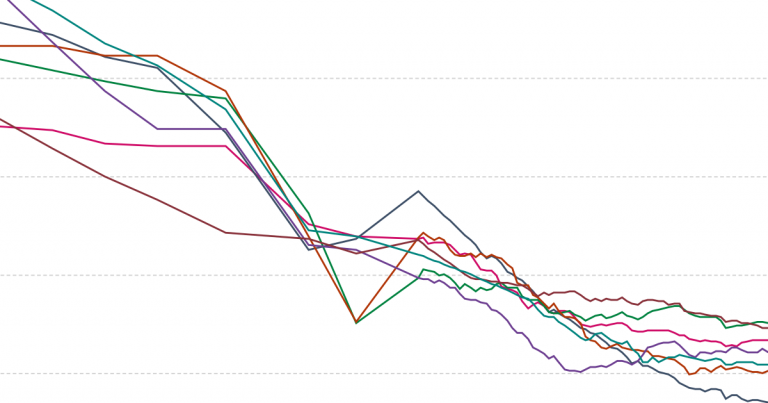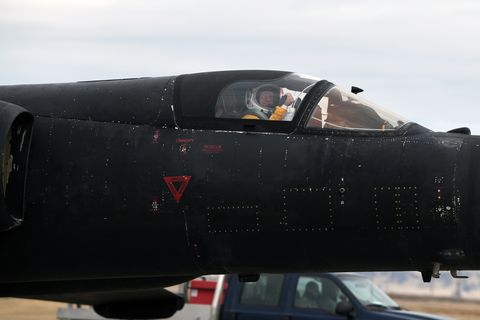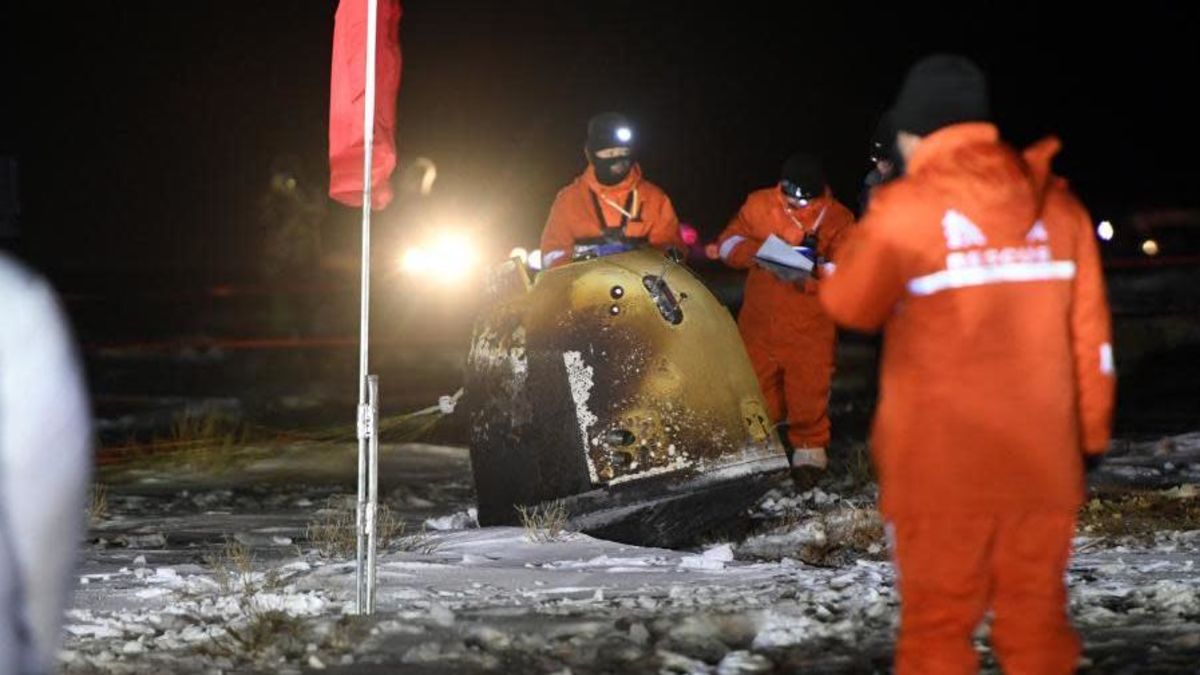Back in August, the Russian opposition leader Alexei Navalny was poisoned on a flight to Moscow. Despite initial doubts — and the usual denials by the Russian government that Vladimir Putin was involved — everyone assumed it had been carried out by the country’s FSB, successor to the KGB. Remarkable work by the open source intelligence site Bellingcat, which Techdirt first wrote about in 2014, has now established beyond reasonable doubt that FSB agents were involved:
A joint investigation between Bellingcat and The Insider, in cooperation with Der Spiegel and CNN, has discovered voluminous telecom and travel data that implicates Russia’s Federal Security Service (FSB) in the poisoning of the prominent Russian opposition politician Alexey Navalny. Moreover, the August 2020 poisoning in the Siberian city of Tomsk appears to have happened after years of surveillance, which began in 2017 shortly after Navalny first announced his intention to run for president of Russia.
That’s hardly a surprise. Perhaps more interesting for Techdirt readers is the story of how Bellingcat pieced together the evidence implicating Russian agents. The starting point was finding passengers who booked similar flights to those that Navalny took as he moved around Russia, usually earlier ones to ensure they arrived in time but without making their shadowing too obvious. Once Bellingcat had found some names that kept cropping up too often to be a coincidence, the researchers were able to draw on a unique feature of the Russian online world:
Due to porous data protection measures in Russia, it only takes some creative Googling (or Yandexing) and a few hundred euros worth of cryptocurrency to be fed through an automated payment platform, not much different than Amazon or Lexis Nexis, to acquire telephone records with geolocation data, passenger manifests, and residential data. For the records contained within multi-gigabyte database files that are not already floating around the internet via torrent networks, there is a thriving black market to buy and sell data. The humans who manually fetch this data are often low-level employees at banks, telephone companies, and police departments. Often, these data merchants providing data to resellers or direct to customers are caught and face criminal charges. For other batches of records, there are automated services either within websites or through bots on the Telegram messaging service that entirely circumvent the necessity of a human conduit to provide sensitive personal data.
The process of using these leaked resources to establish the other agents involved in the surveillance and poisoning of Navalny, and their real identities, since they naturally used false names when booking planes and cars, is discussed in fascinating detail on the Bellingcat site. But the larger point here is that strong privacy protections are good not just for citizens, but for governments too. As the Bellingcat researchers put it:
While there are obvious and terrifying privacy implications from this data market, it is clear how this environment of petty corruption and loose government enforcement can be turned against Russia’s security service officers.
As well as providing Navalny with confirmation that the Russian government at the highest levels was probably behind his near-fatal poisoning, this latest Bellingcat analysis also achieves something else that is hugely important. It has given privacy advocates a really powerful argument for why governments — even the most retrogressive and oppressive — should be passing laws to protect the personal data of every citizen effectively. Because if they don’t, clever people like Bellingcat will be able to draw on the black market resources that inevitably spring up, to reveal lots of things those in power really don’t want exposed.




